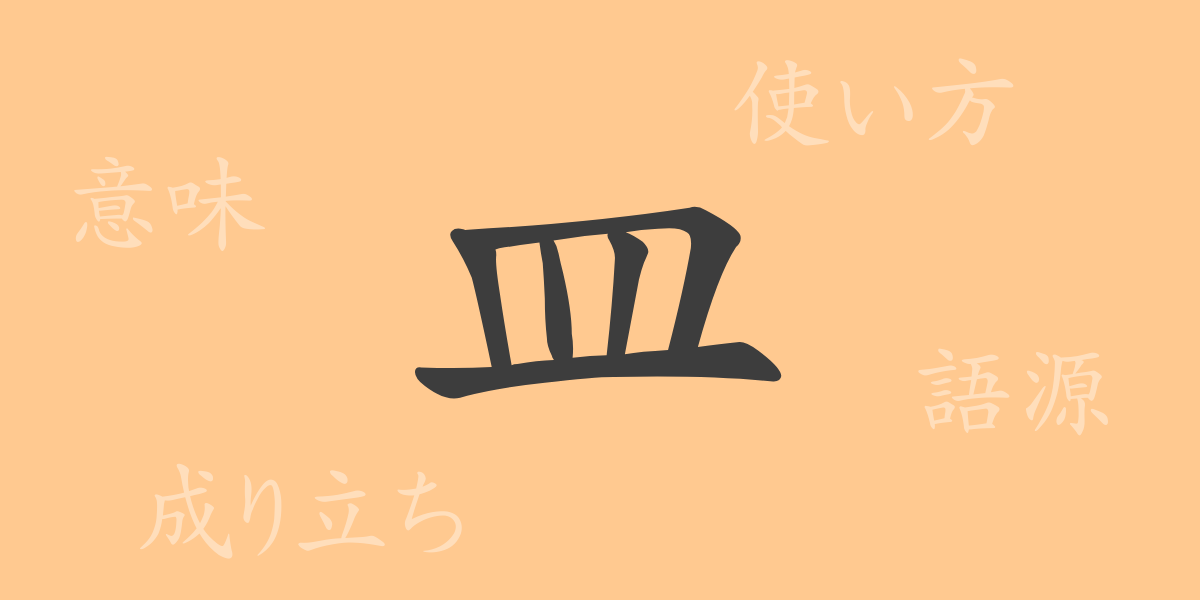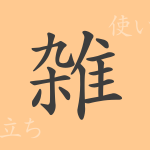The kanji “皿” (さら), representing a plate, is an indispensable part of our dining table. The history and meaning embedded in this single character are deeply rooted in our daily lives. This article delves into the origins, uses, readings, and idiomatic expressions involving “皿”, exploring its charm. Let’s dive into the world of “皿”, a kanji familiar to many as part of the common Japanese language.
Origin of 皿(さら)
The kanji “皿” (さら) traces its origins back to ancient Chinese oracle bone inscriptions. The early form depicted a flat-bottomed vessel with flared sides, representing a utensil used for holding food. Over time, the shape evolved into the “皿” (さら) character we recognize today. This kanji, introduced to Japan from China, has been used for centuries and carries a rich cultural background.
Meaning and Usage of 皿(さら)
Generally, “皿” (さら) refers to a flat container used for serving food. However, its applications are diverse and sometimes metaphorical. For instance, “一皿の料理” (いちさらのりょうり) refers to a single dish of food, while “皿に乗せる” (さらにのせる) means to present something clearly. Additionally, the phrase “皿に並べる” (さらにならべる) is used when organizing and displaying items clearly.
Readings, Stroke Count, and Radicals of 皿(さら)
The kanji “皿” (さら) has specific readings and structural details in Japanese.
- Readings: The on’yomi (音読み) reading is “ベイ” (べい), and the kun’yomi (訓読み) reading is “さら” (さら).
- Stroke count: “皿” (さら) has 5 strokes.
- Radical: The radical for “皿” (さら) is “皿部” (さらへん).
Idioms, Phrases, and Proverbs Using 皿(さら) and Their Meanings
Many idioms, phrases, and proverbs in Japanese include the kanji “皿” (さら). These expressions reflect various nuances depending on the context.
- 皿を洗う (さらをあらう) – Literally means washing dishes.
- 目の皿 (めのさら) – Means to open one’s eyes wide and look closely.
- 皿に蓋をする (さらにふたをする) – A metaphor for covering up or hiding a problem.
- 皿の上の鯉 (さらのうえのこい) – A proverb describing a situation with no escape, like a fish on a plate with no freedom.
Conclusion on 皿(さら)
As demonstrated, the kanji “皿” (さら) is closely tied to our daily lives and holds various meanings within language. It plays a significant role not only in referring to a simple dish but also in cultural and linguistic contexts. By deepening our knowledge of “皿” (さら), we can enhance our understanding of language. Next time you handle a plate, consider the rich history and linguistic charm behind it.

























